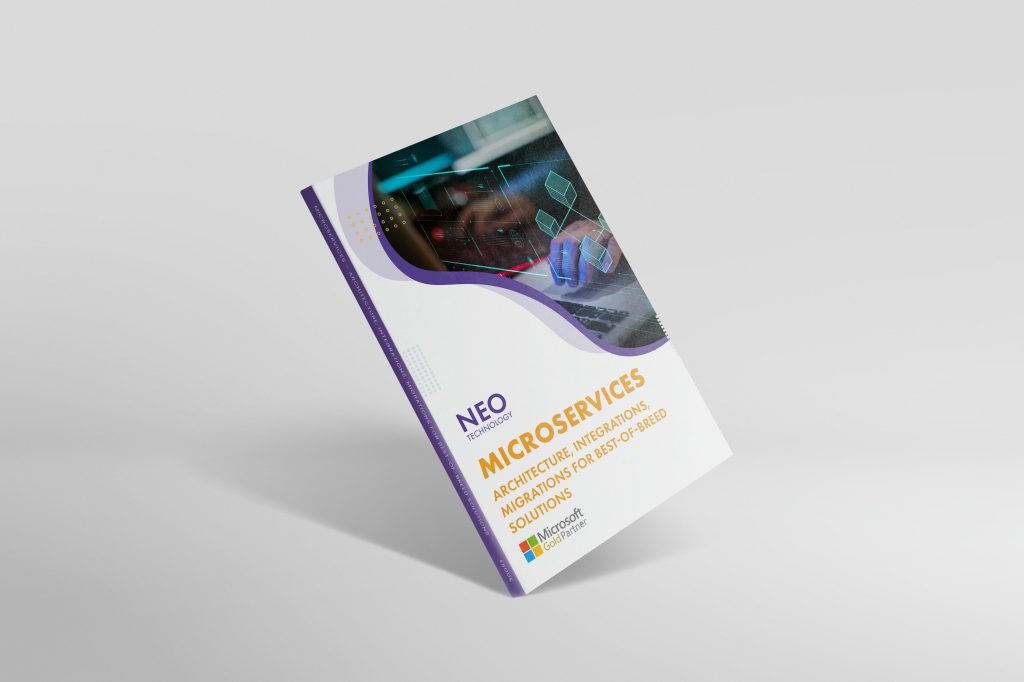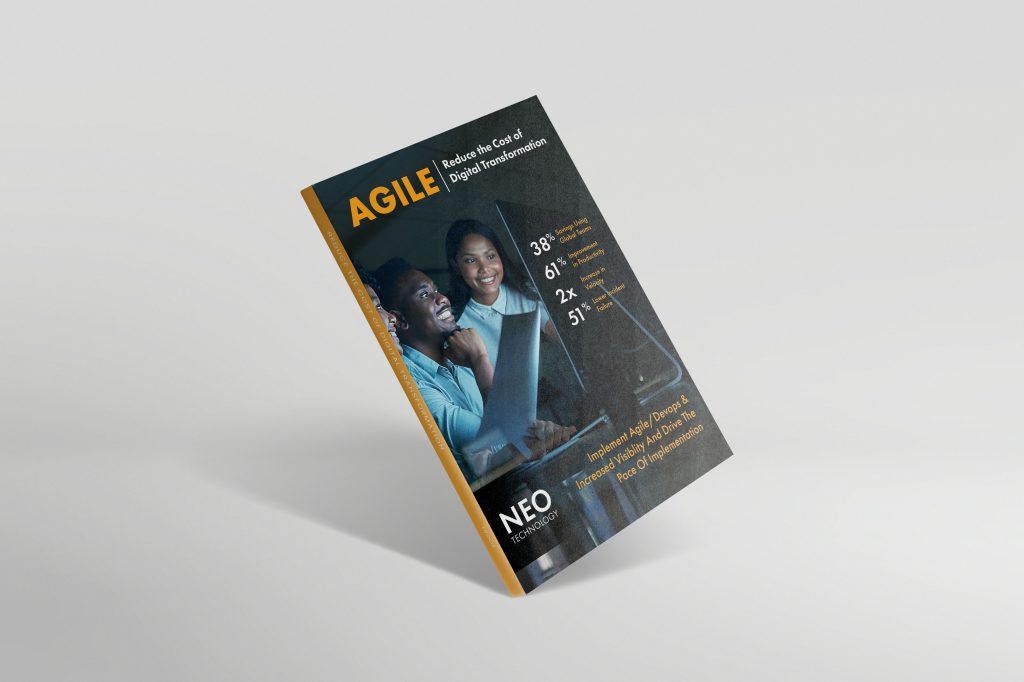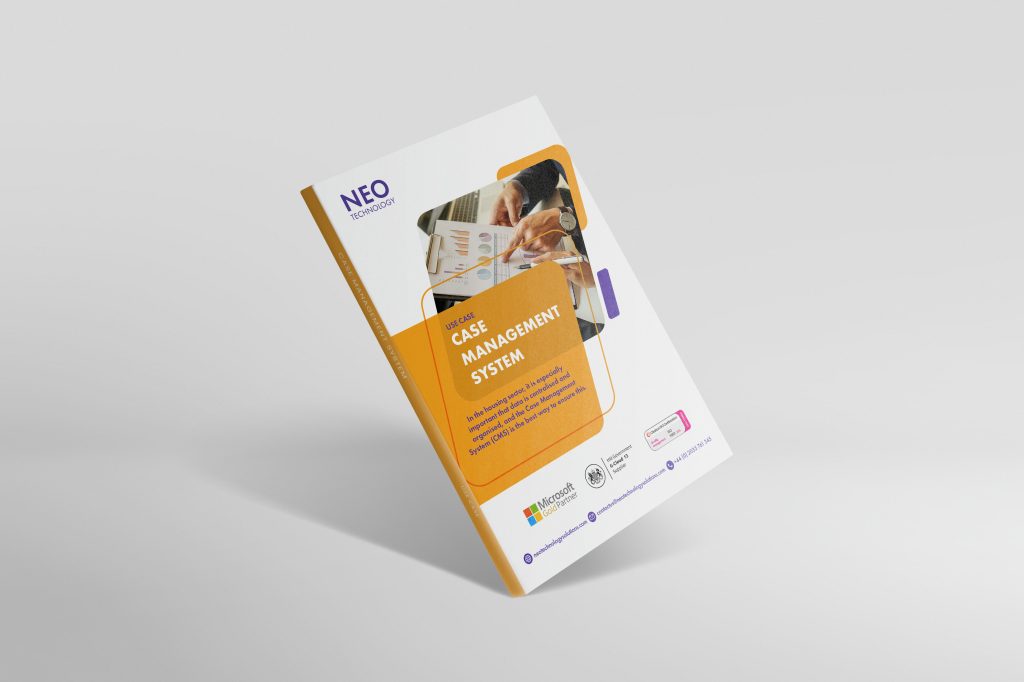Reduce Cost of Digital Transformation: Cost-Cutting Guide
Unlock the power of Agile methodologies to reduce the cost of digital transformation. Discover how implementing Agile and DevOps can increase visibility and drive the pace of implementation, ultimately saving resources and boosting efficiency in your digital transformation journey.
Reduce Cost of Digital Transformation: Cost-Cutting Guide Read More »









